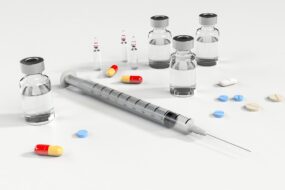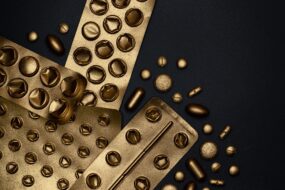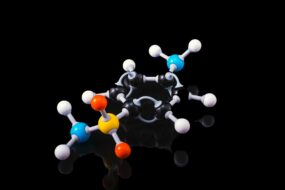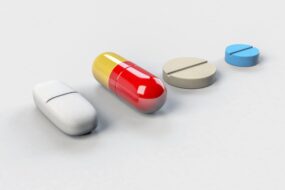- Home
- DRUGS
- Drugs acting on infectious Agents
- Rifampin (Rifampicin . R)
Rifampin is a semisynthetic derivative of the rifamycin B drug obtained from Streptomyces mediterranei. It has good sterilizing and resistance preventing actions.
Indication.
- It is a bactericidal to M. tuberculosis and other gram-positive, and gram-negative bacteria like;
- Staph. Aureus
- E. coli
- N. meningitidis
- H.influenzae
- Proteus
- Pseudomonas,
- Legionella.
Drug interactions.
- Rifampin is a microsomal enzyme inducer.
- It enhances its metabolism and other drugs such as; steroids, theophylline, fluconazole, oral contraceptives, corticosteroids, warfarin, sulfonylureas, and HIV protease inhibitors.
- Contraceptive failures have occurred.
Adverse effects.
- Hepatitis in patients with preexisting liver disease is dose-related.
- The development of jaundice necessitates the discontinuation of the drug.
- Cutaneous syndrome: characterized by flushing, watering of the eyes, pruritus, and rash on the face and scalp.
• Flu-like syndrome: chills, fever, headache, weakness, and bone pain.
- Urine and secretions may become orange-red—in color.
• Purpura, shock, and renal failure.
Other uses of rifampin;
- Leprosy
- Prevention of Meningococcal and H.influenzae meningitis and the carrier state.
- Brucellosis when combined with doxycycline.
Dosages.
- RCIN 150, 300, 450, 600 mg capsules, 100 mg/5 ml suspension.
- RIMACTANE, RIMINI 150, 300, 450 mg capsules, 100 mg/5 ml syrup.
- RIFAMYCIN 450 mg capsules, ZUCOX 300, 450, 600 mg tablet to be taken 1 hour before or 2 hours after meals.












